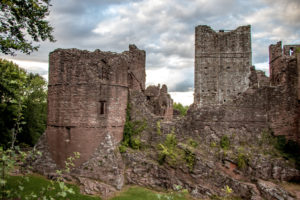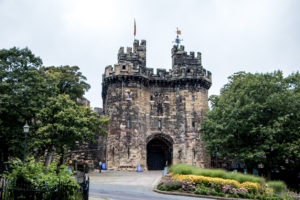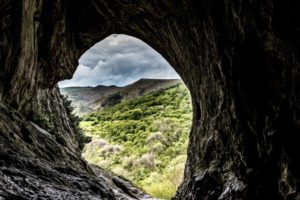The first castle on the Castell Coch site was probably built after 1081, during the Norman invasion of Wales. It formed one of a string of eight fortifications intended to defend the newly conquered town of Cardiff and control the route along the Taff Gorge. It took the form of a raised, earth-work motte, about 35 meters across at the base and 25 meters on the top, protected by the surrounding steep slopes. The 16th-century historian Rice Merrick claimed that the castle was built by the Welsh lord Ifor ap Meurig, but there are no records of this phase of the castle’s history and modern historians doubt this account. The first castle was probably abandoned after 1093 when the Norman lordship of Glamorgan was created, changing the line of the frontier.
In 1267, Gilbert de Clare, who held the Lordship of Glamorgan, seized the lands around the town of Senghenydd in the north of Glamorgan from their native Welsh ruler. Caerphilly Castle was built to control the new territory and Castell Coch—strategically located between Cardiff and Caerphilly—was reoccupied. A new castle was built in stone around the motte, comprising a shell-wall, a projecting circular tower, a gatehouse, and a square hall above an undercroft. The north-west section of the walls was protected by a talus and the sides of the motte were scarped to increase their angle, all producing a small but powerful fortification. Further work followed between 1268 and 1277, which added two large towers, a turning-bridge for the gatehouse, and further protection to the north-west walls.
On Gilbert’s death, the castle passed to his widow Joan and around this time it was referred to as Castrum Rubeum, Latin for “the Red Castle”, probably after the color of the Red sandstone defenses. Gilbert’s son, also named Gilbert, inherited the property in 1307. He died at the Battle of Bannockburn in 1314, triggering an uprising of the native Welsh in the region.[14] Castell Coch was probably destroyed by the rebels in July 1314, and possibly slighted to put it beyond any further use; it was not rebuilt and the site was abandoned.







